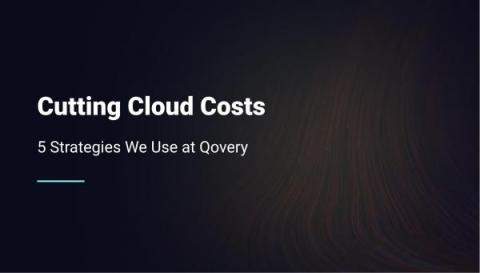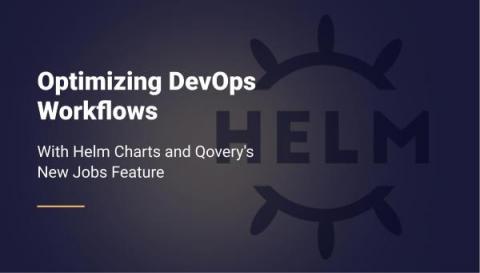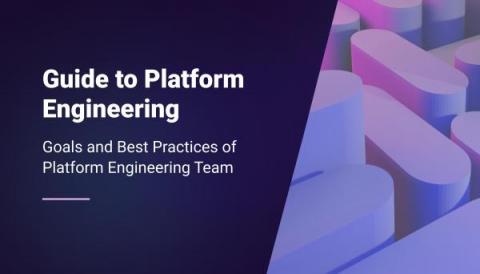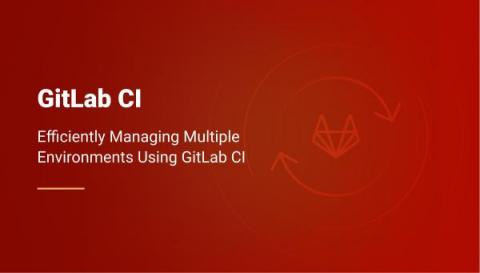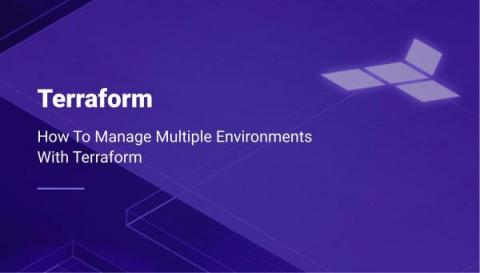Cutting Cloud Costs: 5 Strategies We Use at Qovery
With the current macroeconomic situation, it's more important than ever to keep a close eye on our cloud costs. But here at Qovery, we don't just focus on cutting costs - we also want to make sure we're getting the most bang for our buck. In other words, we want to consume our budget in a way that gives us the most resources.


